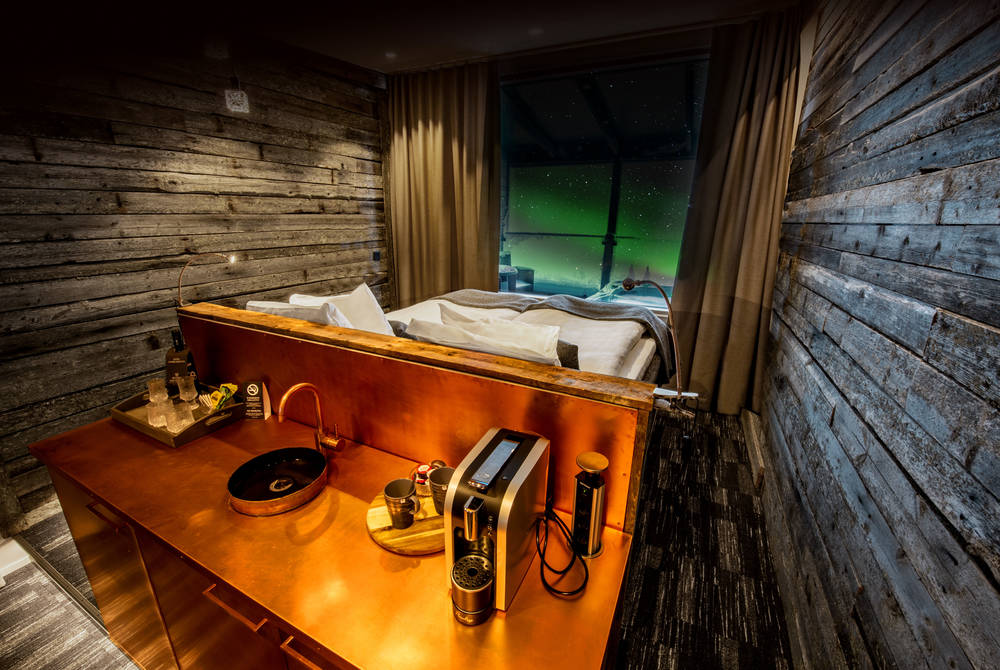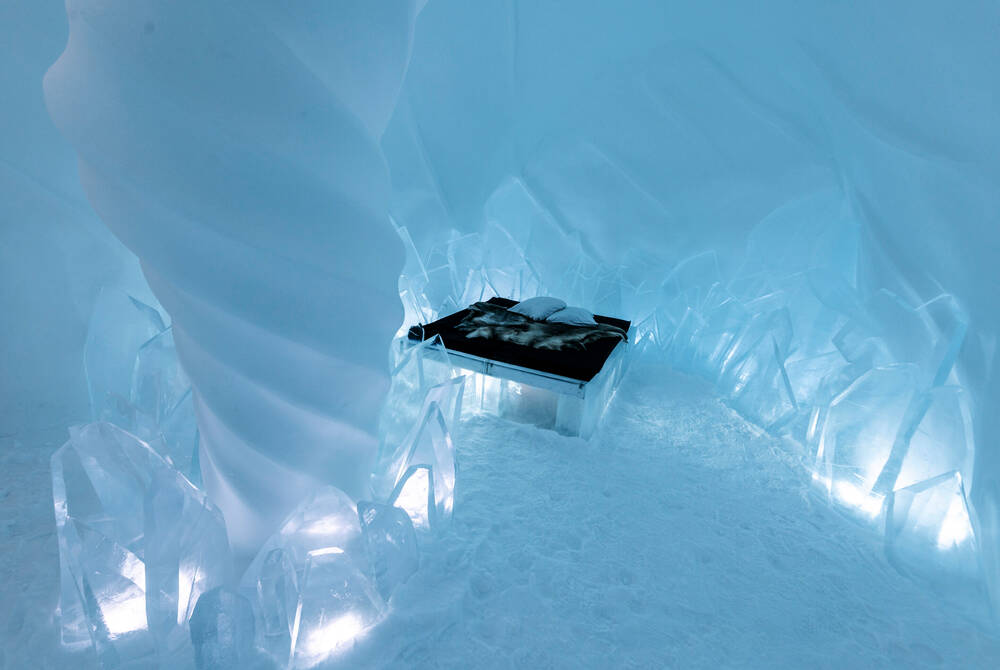Why Northern Lights appear?
The mystical Aurora Borealis, or Northern Lights as they are more commonly referred to, have been the source of many myths and legends. The Sami people, indigenous to the Arctic areas of Sweden, Norway, Finland and Russia believe that they are the souls of their dead ancestors, while the Inuit of Alaska are said to believe they are spirits of the animals they hunted.
Today, however, we know through science that the Northern Lights are the result of electrons colliding with the gaseous particles in our Earth’s atmosphere, creating the eerie effect of glowing colours and patterns shimmering, dancing and pulsating in the night sky. The most common colours are green and pink, although shades of blue, purple, yellow and red can also appear under the right circumstances and weather conditions. You’ll often see violet colours pairing with green at lower altitudes, while heading above the Arctic circle can result in some more frequent sightings.

There are many ways to see the Northern Lights, from camping outside, in a glass igloo or gazing our from the comfort of a hotel
When to see the Northern Lights
In theory, you can see the Northern Lights anytime between September and March. However, early autumn and spring are prime viewing seasons. Avoid the days of the month when there is a full moon, as the extra light reflected from the moon can make the lights more difficult to spot. Check ahead and look at the weather forecast – conditions are best when it’s cold and dry. Remember though, patience is the key, as no one can ever predict exactly when or where they will occur.
Where to see the Northern Lights
Although the Aurora Borealis have been spotted as far south as Scotland and northern England, they occur most frequently in the 2,500km radius around the magnetic north pole. Some of the best places to go on a Northern Lights holiday are Norway, Sweden, Finland, Iceland, Greenland and Canada. You have the best chance of seeing them somewhere rural and remote, away from the light pollution of major cities and above the Arctic circle.
Norway
One of the best countries to see the Northern Lights, the viewing season here lasts from October to March. In recent years there have been many sightings near the city of Tromso, 217 miles above the Arctic Circle, as well as the Lofoten Islands. Increase your chances of seeing them by visiting both Tromso and the Lofoten Islands during a week’s cruise through the Norwegian fjord-dotted landscapes, creating a beautiful contrast of the sights above and below.

Malangen Resort is one of the most picturesque stays in Arctic Norway, and a great way to watch the celestial ballet at night
Sweden
Head to Swedish Lapland sometime between December and March and there’s a good probability you’ll get to see the Aurora Borealis. The Tornedalen region near River Torne is ideal, and what could be better than spotting them whilst staying at the ICEHOTEL, Sweden, surrounded by sparkling sculptures made entirely of snow and ice?

The ICEHOTEL is a unique experience, snuggling up under blankets in an ice-cold room after capturing the lights earlier that night
Iceland
The ‘Land of Ice and Fire’, otherwise known as Iceland, is another classic Northern Lights destination. Many people want to know, ‘when to visit Iceland to best see the Northern Lights?’ – and the answer is sometime between October and March, with the exception of January. Head outside of the capital and away from the city lights for your best chances. The Thingvellir National Park, home to some of the island’s famous hot springs, geysers and waterfalls, is a magical place to view them from, while local excursions from the vibrant city of Reykjavik is another popular choice.

Iceland has some spectacular natural scenery that provides the perfect backdrop once night falls and the show begins
Finland
Visit Finnish Lapland from December to March and you’ll be in with a chance of glimpsing the elusive aurora. Those who don’t want to wait around for hours in the cold with a hope of spotting them can do so from their very own heated glass igloo at Levin Iglut, set deep amongst fells and forests in the snowy wilderness.

From your very own glass igloo, get cosy under the stars and enjoy the show without having to leave your bed
Greenland
This massive island – an autonomous Danish territory of which is 80% covered in ice – may not be everyone’s first thought when planning a winter holiday, but with the longest Northern Lights season – from January to April – it’s a great place to visit and vastly underrated. Visit Ilulissat, a small settlement on Greenland’s western coast, to see regular colourful shows, staying at the picturesque Disko Bay, with jaw-dropping icebergs drifting by as you keep an eye out.

By day, enjoy the sight of gigantic icebergs drifting by, while the stable weather in Greenland makes the lights season long and consistent










